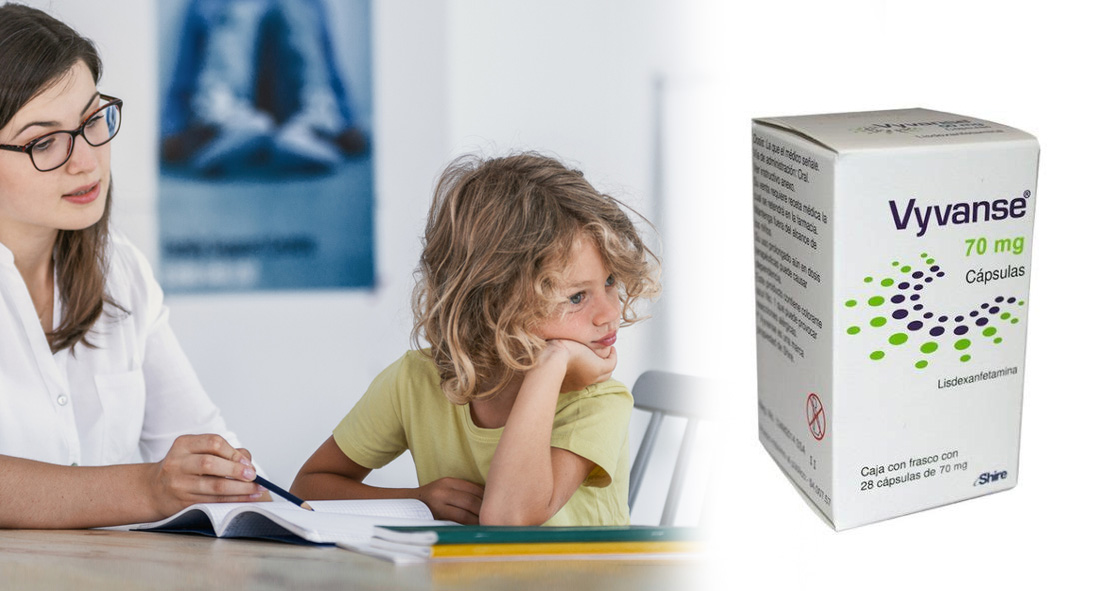Lisdexamfetamine is a prescription-only drug used for the treatment of attention deficit hyperactivity disorder (ADHD) as part of a total treatment plan, which also includes psychological, social, and other treatments. It may also be used for the treatment of binge eating disorder (BED).
The drug may increase the ability to pay attention, stay focused, and stop fidgeting, according to WebMD. It may also help reduce the number of binge eating days.
Lisdexamfetamine is the third most popular ADHD drug after Adderall and Ritalin.
Generic and Brand Name
Lisdexamfetamine is sold under the brand name Vyvanse. The Food and Drug Administration (FDA) approved the drug in February 2007 for ADHD and BED. Takeda Pharmaceuticals U.S.A., Inc. received the approval to sell Vyvanse in dosages from 10 mg to 70 mg.
Please note that there is no generic version of lisdexamfetamine. Currently, no generic or bioequivalent version of Vyvanse is available in the United States. Generic lisdexamfetamine may become available when Takeda’s patent expires in 2023. The possibility of generic Vyvanse is years away, but there are other alternatives available. For that, you must speak with your doctor.
Drug Class
Lisdexamfetamine is a psychostimulant. It belongs to a class of drugs called amphetamines. Other common drugs that fall under the category of amphetamines are Adderall (amphetamine/dextroamphetamine) and Ritalin (methylphenidate). The exact mechanism of lisdexamfetamine is unknown but it is presumed to restore the balance of certain neurotransmitters in the brain.
Dosage
For ADHD, the recommended starting dose of lisdexamfetamine is 30 mg once daily in the morning in patients aged 6 and above. For moderate-to-severe BED in adults, the recommended starting dose is 30 mg once daily in increments of 20 mg at approximately weekly intervals to achieve the recommended target dose of 50 to 70 mg per day, according to RxList. The maximum dose of lisdexamfetamine is 70 mg a day.
In patients with severe kidney dysfunction, doctors advise smaller dosages. The maximum dose should not exceed 50 mg per day for patients with end-stage renal disease (ESRD). The maximum recommended dose in patients with renal impairment is 30 mg per day.
Side Effects
Some of the most common side effects of lisdexamfetamine are nausea, vomiting, abdominal pain, constipation, loss of appetite, dry mouth, headache, nervousness, dizziness, trouble sleeping, sweating, weight loss, irritability, and restlessness, according to WebMD. If any of these adverse events persist or worsen, seek immediate medical attention. Lisdexamfetamine may increase elevate your blood pressure so check your blood pressure regularly during treatment and inform your doctor if the numbers are high. Get immediate medical assistance if you experience blurry vision, irregular heartbeat, mental/mood changes, suicidal thoughts, uncontrolled movements, muscle twitching, or any other unpleasant symptoms.





















